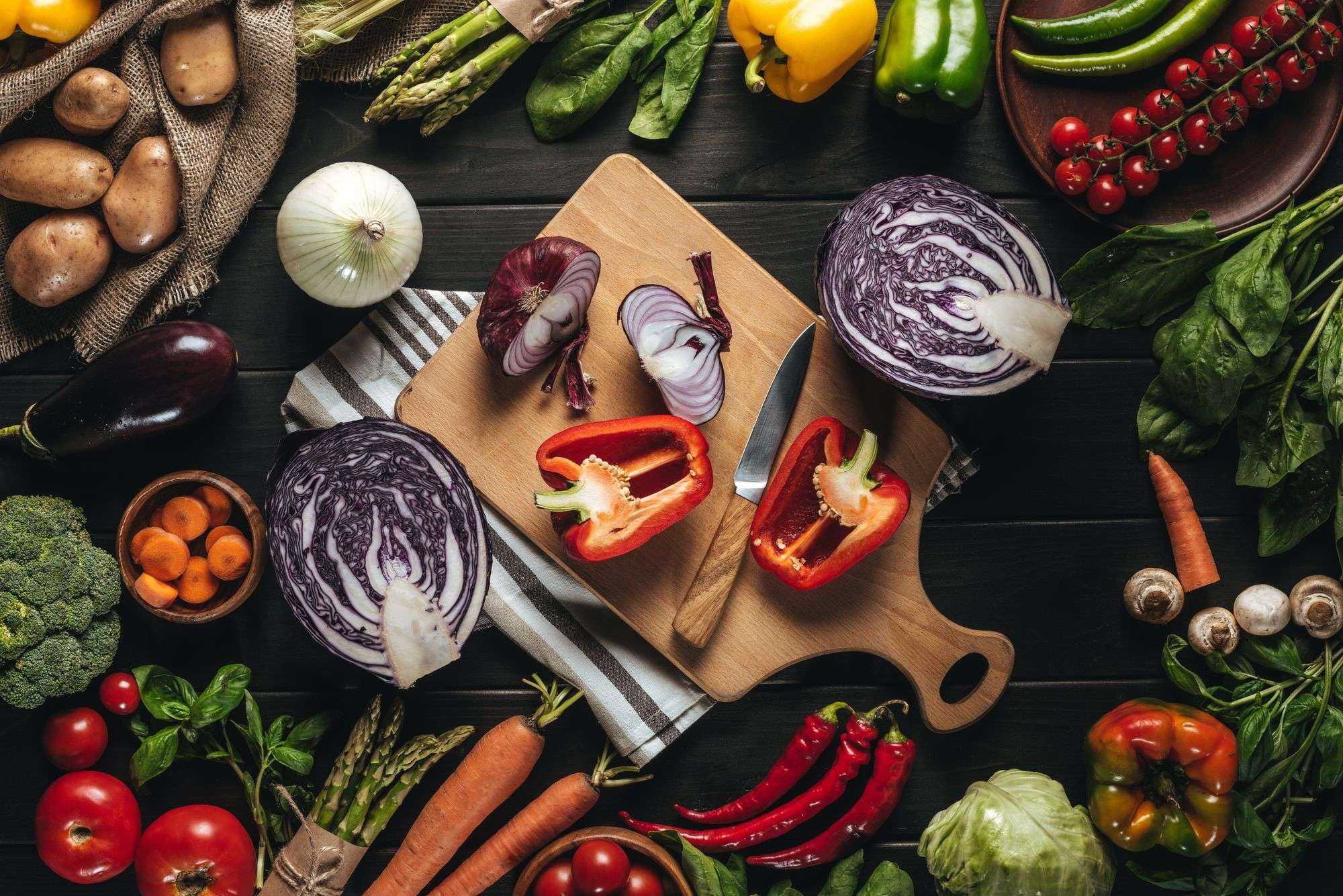BY DR. VIKAS PURI
Unsettling times are causing unprecedented stress in our life, leaving us feeling helpless and distraught. We are social beings and socially being isolated is harming our spirit. The uncertainty of the situation, financial burdens, lack of routine are leading to anxiety and depression. In a self-sabotaging manner, we are chronically glued to the TV and the doom and gloom being broadcast is drowning us deeper into fear and despair.
So, what can we do to bring some control back to the situation? What can we do to raise our body, mind and spirit to a healthier state of well-being?
Before us lies a great opportunity to set a mindset and routine that we can carry over into our regular “normal” lives. We have time to learn and adopt positive lifestyle changes that will bode well for us for years to come.
In this edition let us talk about the body. How often during our regular hectic working days do we take our bodies for granted? Lack of time often comes at the expense of shedding proper sleep, proper nutrition or proper exercise from our lives. So, get in the habit now, build a framework to your day that includes these foundations of health and wellness.
- Sleep: It is important to sleep 7-9 hours per night. But the ideal amount is different for each person and depends on various factors like age, level of activity, stress levels and health status. Nevertheless, our brains love routine and our internal biological clocks follow a circadian rhythm closely tied to the 24-hour cycle in nature. For that reason, you should really try to get to bed at around the same time every night and wake up at about the same time every morning. (Yes, even on weekends.)
- Nutrition: When we are constantly on the run getting kids to school, rushing to work, eating quick lunches, and throwing together dinner between picking up kids and dropping them off to extracurricular activities, our diet is often deficient of essential nutrients we need to stay healthy. We now have time to learn new healthy recipes and experiment with our cooking as a family. We have time to do some fresh juicing and preparing fresh stews and soups. We have time to enjoy our meals as a family and get in the habit of healthy and enjoyable eating. It is also a great time to get in a regular routine of adopting a healthy vitamin and supplement routine.
- Exercise: Regular exercise has been shown to significantly improve your health. Its greatest benefits include helping you achieve and maintain a healthy body weight, maintain muscle mass and reduce your risk of chronic disease. Additionally, research has shown that exercise can lift your mood, boost your mental health, help you sleep better and even enhance your sex life.
And that’s not all, it can also help you maintain good energy levels. In short, exercise is powerful and can change your life.
Another key component of exercise success is to stick to your routine. It seems to be easier for people to maintain an exercise routine in the long term if they make it a habit and do it regularly. A review of studies concluded that replacing an unhealthy behavior with a new healthy habit is a great approach to maintaining it in the long term. Furthermore, making a schedule or exercising at the same time every day are good ways to sustain your routine and make it last. For example, you can make exercise a habit by planning to work out right after work every day.
You don’t need to be a high-performance athlete or used to working out for hours to start exercising today. The American College of Sports Medicine’s current recommendations for physical activity include at least 150 minutes of moderate aerobic exercise per week. These 150 minutes can be configured any way you want. For example, you can do a 30-minute workout five times a week or a 35 to 40-minute workout every other day. However, recent studies have shown that packing this minimum requirement into one or two training sessions per week can be as beneficial as spreading the sessions throughout the week
Overall, it’s important to start slowly and increase the intensity as you build your fitness level up. Lastly, even though a daily amount of physical activity is needed for good health, allowing your body to rest is important too.
So, use this time as an opportunity for positive change. We will talk about implemented lifestyle changes for mind and spirit next time. Wishing you all a healthy and safe week ahead!

